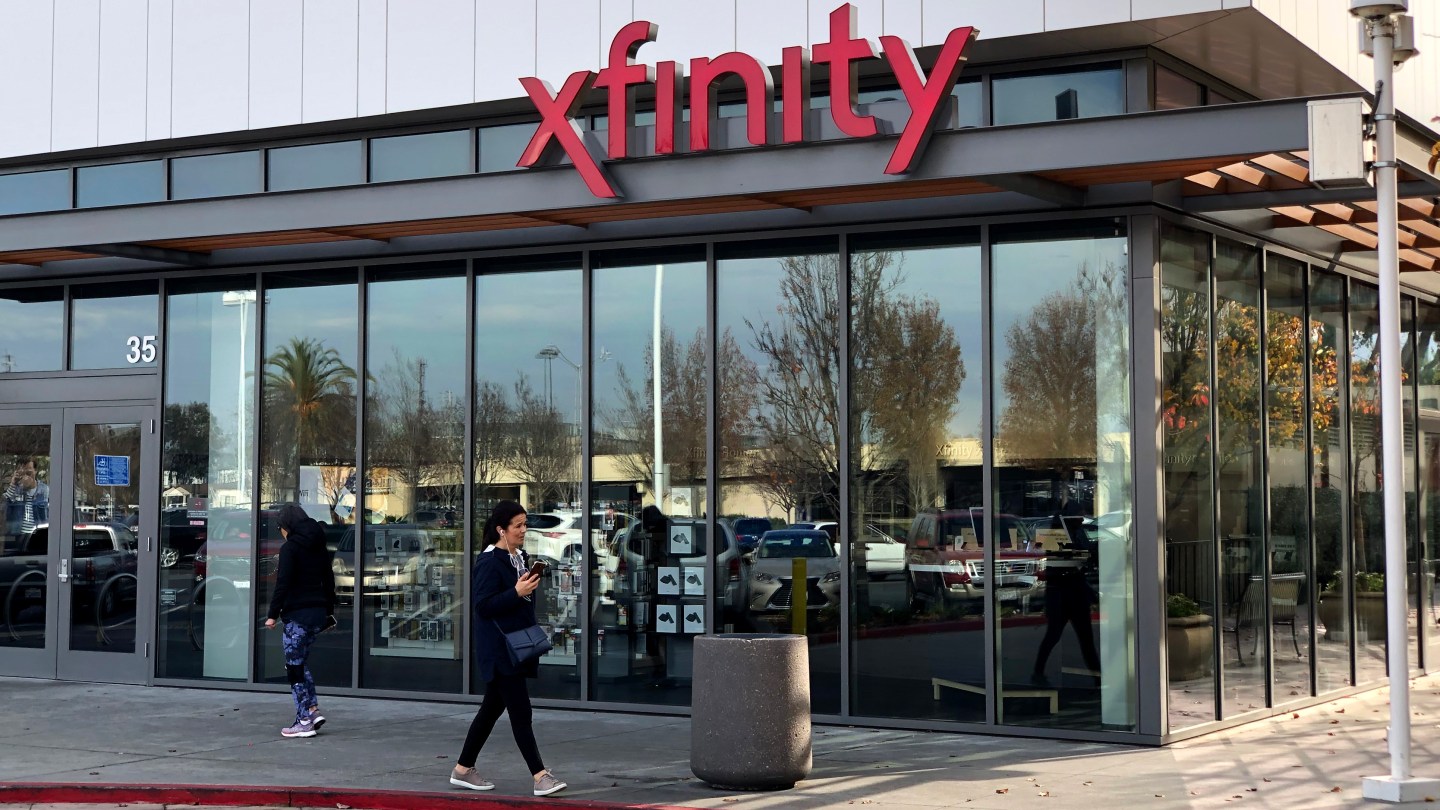Streaming Showdown: Comcast Unleashes $70 Sports Bundle to Shake Up the Market

In a strategic move to attract cost-conscious consumers, Xfinity has followed DirecTV's lead by introducing a streamlined entertainment package that offers most sports channels without the traditional comprehensive lineup. This innovative approach aims to provide viewers with a more flexible and affordable viewing experience.
The new bundle represents a significant shift in how cable and satellite providers are responding to changing consumer preferences. By curating a more targeted selection of sports channels, Xfinity is acknowledging that not all viewers want—or are willing to pay for—an exhaustive sports package.
While the offering doesn't include every single sports channel, it covers the majority of popular networks, striking a balance between variety and affordability. This approach could be particularly appealing to sports fans who are looking to trim their monthly entertainment expenses without completely sacrificing their access to live sports content.
The move reflects the broader trend of consumers seeking more personalized and cost-effective media consumption options in an increasingly competitive streaming and cable market.

